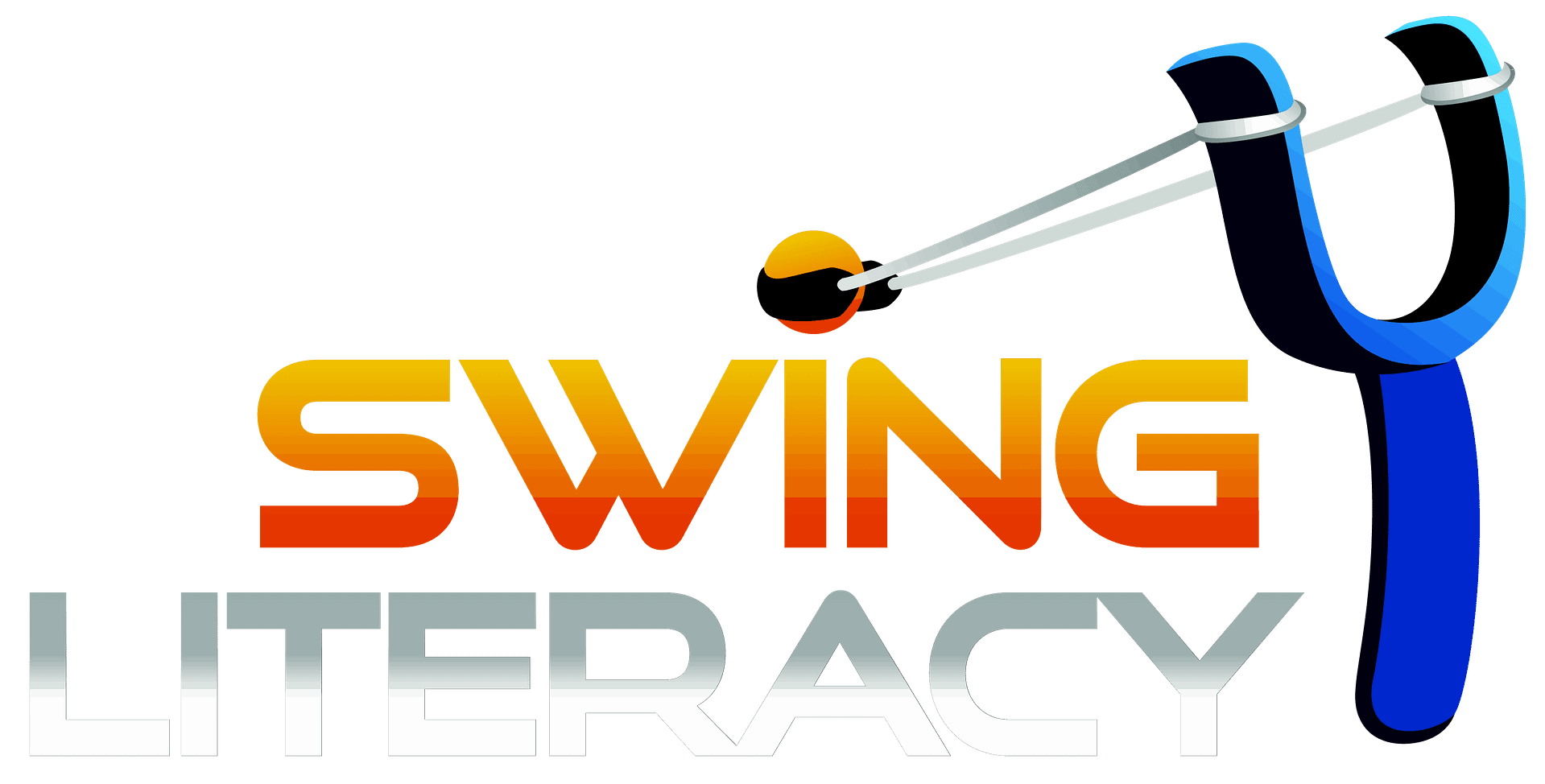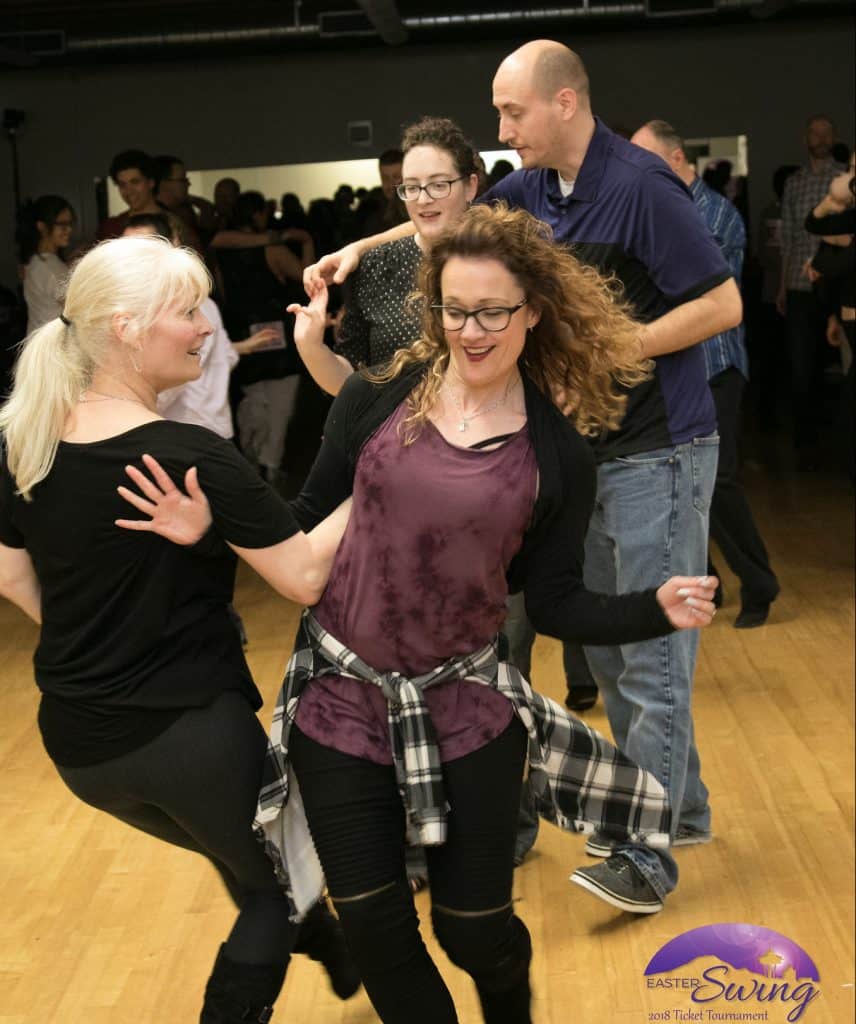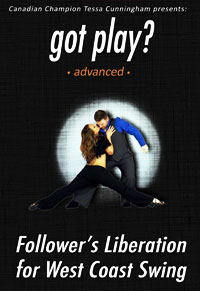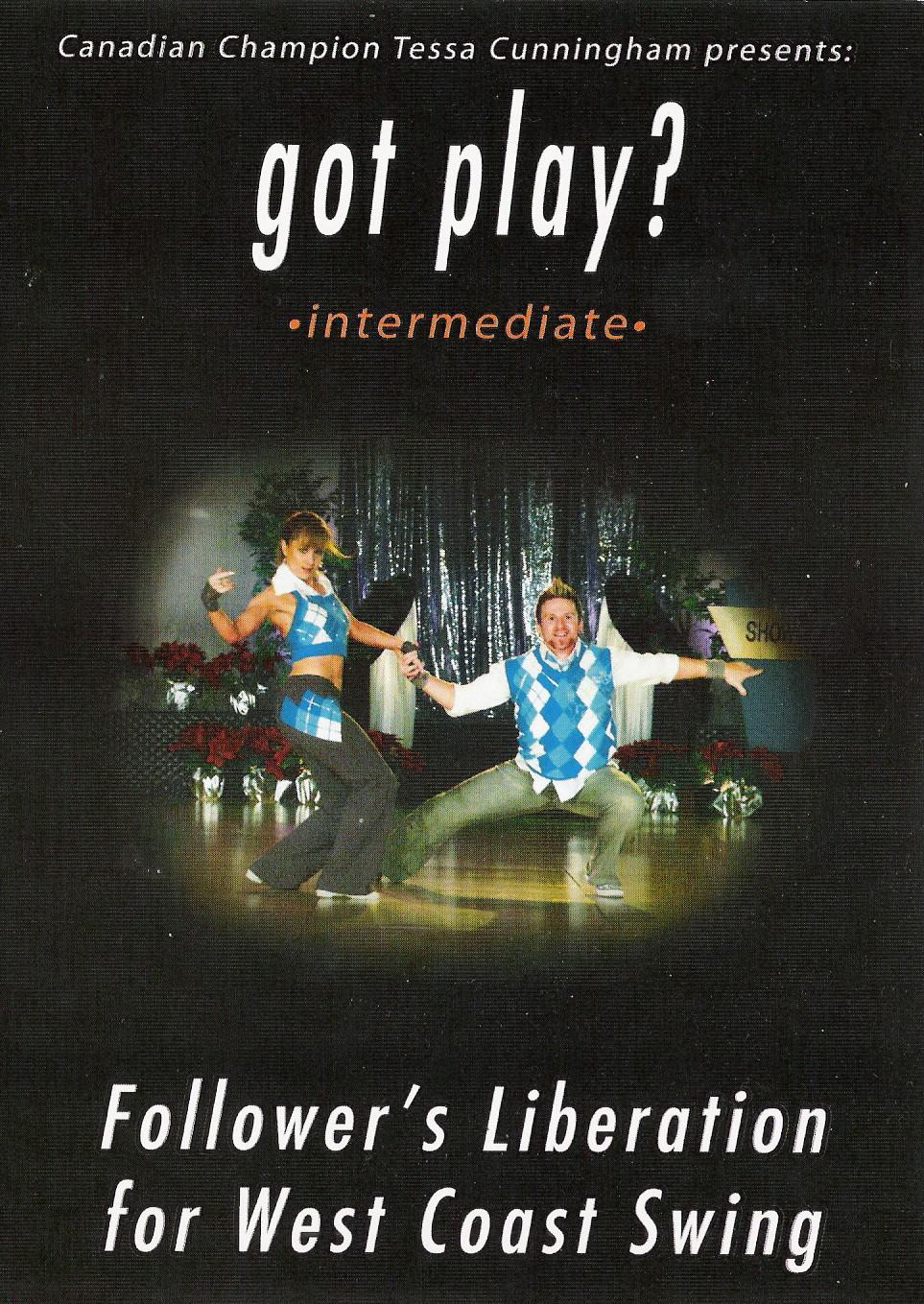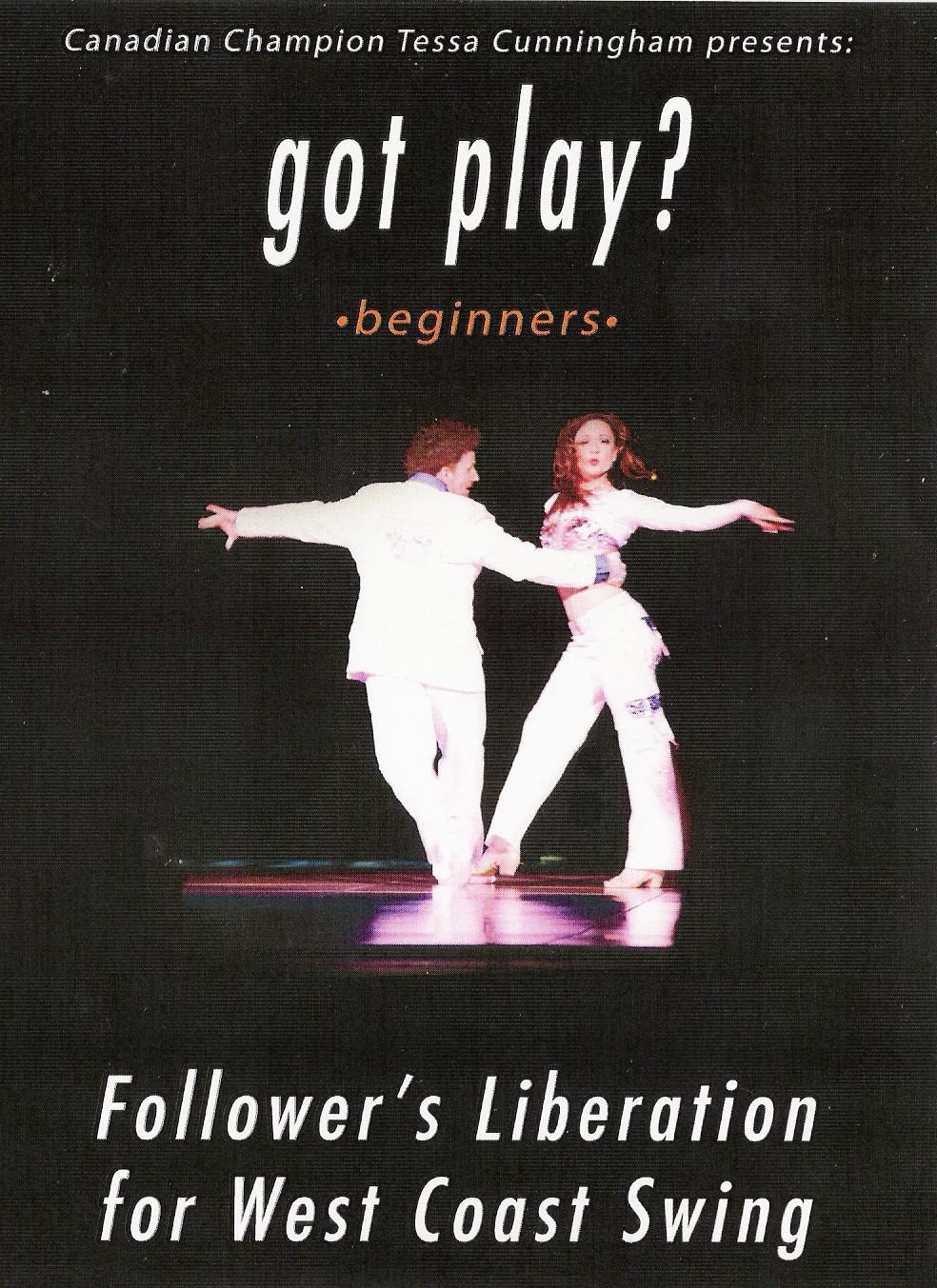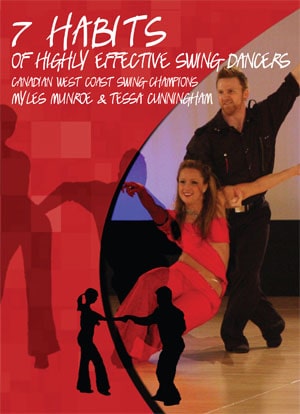No products in the cart.

How to build creativity in your WCS
Reading Time: minutes remaining
So you've been learning WCS for several months now and you're curious: the other dancers you admire seem to be doing a lot of exploring and playing outside the box of basic patterns - how can you get some of that creativity in your dance?
We use this graphic to guide dancers in their first year of learning WCS how to approach building their musical creativity skills.
Layer 1: The bare minimum
These are the minimum pre-requisites to start exploring more creativity in your WCS.
As excited as you might be about the potential creative freedom WCS offers, you gotta make sure you are still being safe and functional, and this starts with building personal and partnering coordination skills.

Layer 2: The structure & context
In order to play creatively within the game of West Coast Swing, you need to understand the rules of the game.
These are mechanical, artistic, and cultural expectations that we all generally agree to play with in this particular hobby.
These provide context for your creativity, and structure to your exploration.

Layer 3: Let creativity fly!
Once you understand the context and structure, it's time to explore all the possibilities that inspire you - rhythm variations, groove, invitations, pattern shaping, musical layers, etc.
These will not come automatically - they will take training. The good news is that they can feel satisfying regardless of how refined they are. They key is to keep experimenting and learning from coaches.
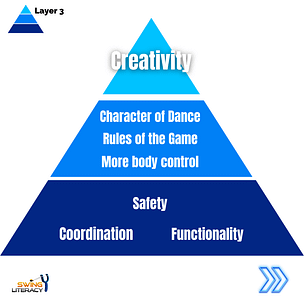
"Ok but how?"
Great question! We help dancers develop each of these layers systematically and thoroughly inside the Swing Literacy Dancer Development Program
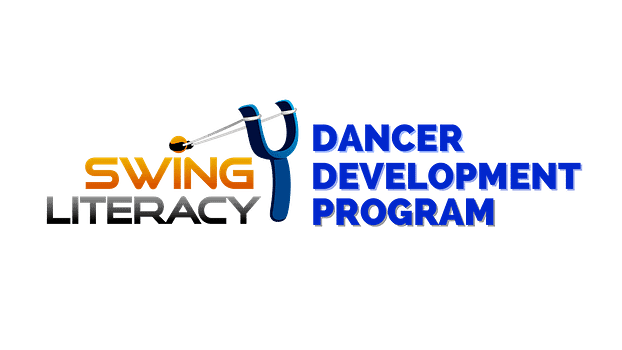
Know some people in your dance community who could use this? Pass it on!
Got any suggestions of things to say that worked for you? Leave a comment below!
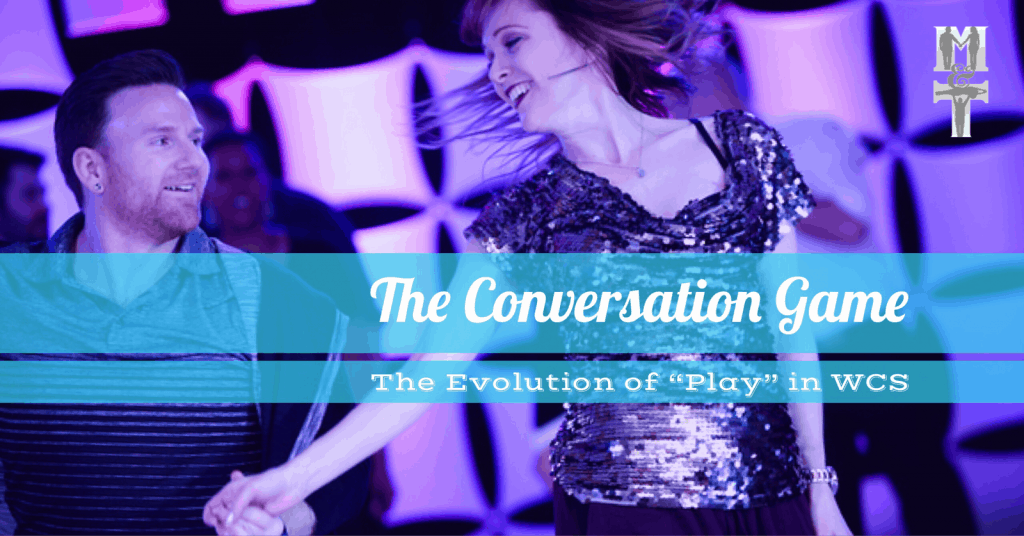 As a leader, do you wish playful followers would let you lead more? Or wonder why more followers don’t play with you they way they do when they dance with other leaders?
As a leader, do you wish playful followers would let you lead more? Or wonder why more followers don’t play with you they way they do when they dance with other leaders?
As a follower, do you wonder how you can “be a good follower” when you have so many ideas of your own during a song? Or wish you had more playful repertoire? It’s all about balancing role and self-expression.
West Coast Swing attracts both men and women because of the music and the easy cool factor of the movement. But it attracts the women a bit more for a different reason: the freedom.
Disclaimer:
This article describes historical events and their influence on modern-day West Coast Swing, and therefore refers to the traditional roles of male leaders and female followers. It is not a commentary on the evolution of gender neutrality in leader/follower roles. Binary terms are used for simplicity, but we assume that any gender can dance either role.
The unique conversation balance
WCS is the most liberating partner dance available. While there is structure, there exists far more of a conversation in WCS than in other dance styles. The very nature of improvisation lends itself to both partners participating – it would be pretty boring to go to a dinner party just to talk to yourself.
In any civilized conversation, there are two roles to be played: speaker and listener. One can not function without the other. In most partner dances, the dancers stick to their designated roles: the (traditionally male) leader only speaks and the (traditionally female) follower only listens, creating a lecture. But in a conversation, the roles get exchanged: they transfer fluidly between the participants – when one stops speaking, the other takes over, and the original speaker yields to become the listener. In most circumstances, assuming you were raised well, this is done effortlessly and without a struggle. WCS is this conversation. There is an intriguing exchange of speaking that is unique to WCS.
The women’s chance to speak
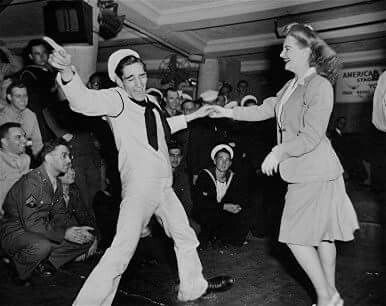
Historically, there is a version that tells of “ladies of the evening” trying their best to dance flirtatiously with the drunken sailors on shore leave who couldn’t quite manage to lead them. The women have kept this self-expression through the decades, and the leaders have enjoyed the entertainment even when sober. Let’s face it – it’s a relief to let someone else drive for a spell.
But sober leaders had ideas. They valued patterns and spins – the more the better. There was hardly any room for play. A good follower was determined by her ability to keep up with the most amount of crazy s**t leaders could throw at her. This kept her so busy there was no time for self-expression unless the leader showed rare mercy on her and granted her a few beats at the end of a pattern to fill time, or “throwing her the scraps”. Dancers from this era became masters of fast spins and pre-set, rhythmic patterns.
The pendulum swings
The conversation had become such a dictatorship that the followers were rebelling, insisting on expressing themselves. When I first started WCS in 2000, it was at the height of a trend called “hijacking”. This trend influence many, but not all – enough to see common behaviour patterns emerge:
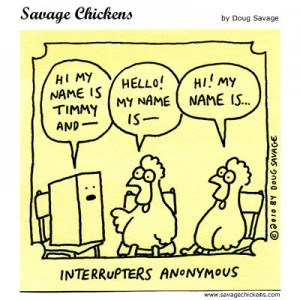
The experienced followers of this era became extremely adept at stealing the lead, but they did so with no regard for the flow of the dance, regardless of the leader’s intentions or positioning. Phrasing was often sacrificed, because neither dancer was in control of the team hitting the break. This turned the conversation into a battle of interruption.
It got so brutal that it was disempowering the men. It was common to see leaders sullenly abandoning their footwork and resorting to just acting as the jungle gym as the follower had their way with the slot. The musicality belonged to the follower. The leader was just there to provide the framework, which the follower might decide to change anyway. Over time the leaders became so complacent, their progress as dancers suffered.
Let’s be clear: hijacking is bad news, just as hijacking a bus or a plane. Nobody joins dancing for the battle. In the traditional roles of partner dancing, the men might like the idea that they get to be the boss for 3 minutes and the ladies are supposed to follow them. The followers might like the idea of letting the man sweep her off her feet and take her for a ride. There was no battle – it was an agreement both could benefit from. I’m not saying WCS doesn’t still deliver in that department, but the priorities are different.
Also, to be clear: self-leading is also bad news. Initiating a movement before the leader has a chance to lead it sabotages the partnership much like hijacking does. Backleading, on the other hand, is an advanced skill that is productive and cooperative: the follower notices that the mechanics required for the move to function are not happening, so she produces them herself without changing roles or the original intention of the movement. This requires an advanced skillset and involves a keen awareness of both roles.
The pendulum swings back
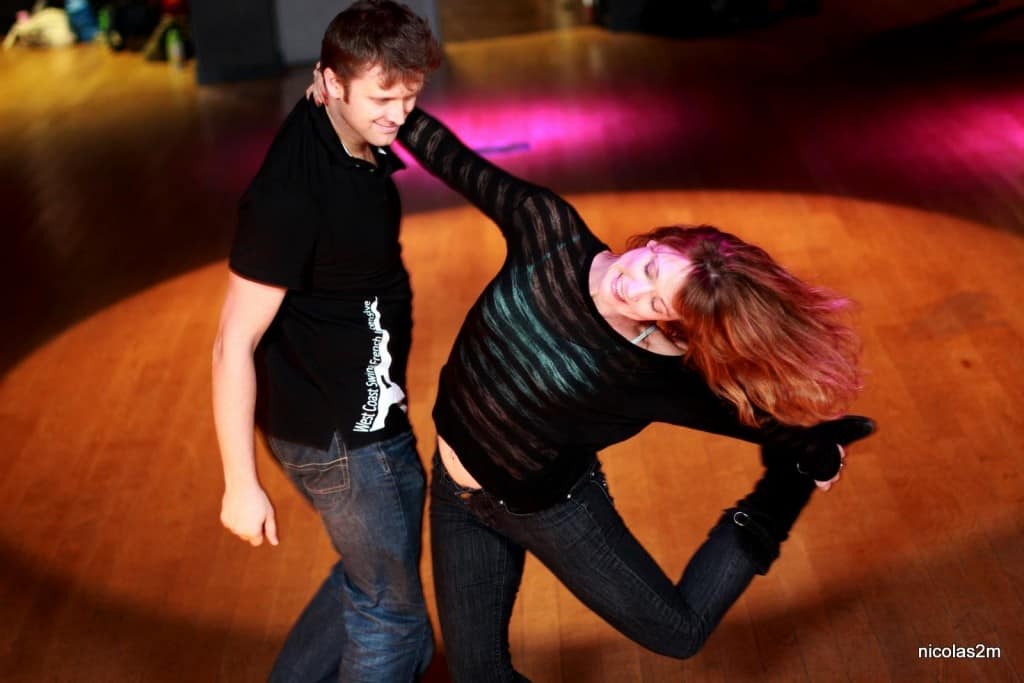 The hijacking trend passed (or evolved) as leaders started stepping up and being more proactive. They started leading more musically – adapting and tailoring their patterns to suit the slower, more interpretive music. The followers were so entertained and occupied by the variable patterns they couldn’t predict, they were not able to hijack as much. They found the leaders had more interesting things to say that were worth listening to. So they started listening again.
The hijacking trend passed (or evolved) as leaders started stepping up and being more proactive. They started leading more musically – adapting and tailoring their patterns to suit the slower, more interpretive music. The followers were so entertained and occupied by the variable patterns they couldn’t predict, they were not able to hijack as much. They found the leaders had more interesting things to say that were worth listening to. So they started listening again.
For some, listening is already in their comfort zone, so they don’t bother speaking up. Which is fine because it’s their choice. But for others who found and fell in love with this dance because of the self-expression opportunities, it’s the conversation; the banter; the game that they’re after.
When the leaders weren’t being hijacked incessantly, they became more willing to offer opportunities for the follower to play – after all, it’s a relief to let someone else drive for a while, remember? But now the game has changed. The patterns are different, the music is slower and more interpretive. The leaders have started getting better at improvising: good leaders are not as attached to their choreographed patterns as they used to be – there are more open-ended questions. They invite the followers to play (when it is convenient for them), because there is no rush to get to the next move. When the leaders invite the followers to speak for a while, they themselves assume the listener role.
How to use turn-taking principles in the conversation of a dance
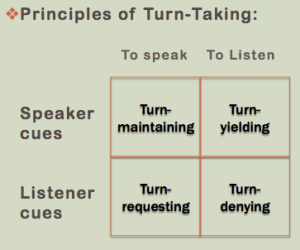
WCS has always been a dance of action-reaction. But this concept is vague, and not always well-explained. There is the obvious biomechanics application of Newtonian laws. But in terms of the conversation, there is a easy, effortless, respectful, back-and-forth agreement between partners. They exchange roles agreeably and fluidly: the primary leader guiding most of the structure of the dance, the follower decorating it whenever possible.
But as anyone would hope in a balanced conversation, at some point the speaker pauses to ask questions, hear feedback, or yield a turn: allow the listener to speak for a while, then builds off of what they said to progress the conversation forward.
In WCS, this is called an “invitation lead”. If a leader invites the follower to play, he should allow her to finish her idea and give the lead back to him. With few exceptions, interrupting her before she’s “done” would make him guilty of hijacking.
Sometimes the listener can prompt the speaker to pause so that she may have an opportunity to contribute. In WCS, this is called a “request”, which involves the follower giving a physical signal with a change in connection or grip that indicates to the leader that she has an idea to contribute. This is welcome occasionally if it does not interrupt the flow of what the leader was leading, but if it causes an interruption in momentum that is too challenging for the leader to react and adapt to, it will be annoying. If it is a convenient moment, the leader should grant her request and yield to or support her idea by pausing to listen (reciprocating her connection or pausing his movement).
If the speaker does not respond, this might be because he is unaware, he does not have these advanced conversation skills yet, or he is not in a good position to stop and attend to her. In this case, the follower must make her following role take priority and save her idea for a later opportunity – prepared to abandon her idea in a split second to salvage the flow of the dance. Just as in a conversation, if the follower insists, it would be considered interrupting/hijacking, and might sacrifice both partners’ safety. You may have heard the advice, “Follow first, play second”. Now you have the details you needed to really understand that phrase.
Both partners’ responsibilities
It is crucial for both partners to understand how to listen and how to speak. This does not change the primary roles, however. Part of the primary speaker’s role is to be sensitive and responsive to the primary listener. And part of the primary follower’s role is to be aware of the general game plan and detect and take advantage of convenient opportunities to direct and contribute to the conversation.
This is particularly evident these days as dancers are struggling to recapture the neglected art of phrasing. This element of our dance was second nature to dancers 20 years ago in the era when pre-set rhythmic patterns were the commodity. But with so much interpretive shaping and conversation-ing going on over the last 10 years or so, many dancers have come up through the ranks not understanding how to count phrases and dance appropriately to music math. The degeneration of this dominant aspect of musicality is not only calling the leaders to task, but also the followers in their responsibility to be aware of the phrasing game and their role in it.
Teachers also have a responsibility to explain the nature of this unique aspect of WCS to students as they progress. Around the world, we see eager dancers eating YouTube clips for breakfast, trying to copy moves they admire without understanding the mechanics and rules involved. When these “learners” start teaching, rather than getting appropriate training they make up their own rules about how followers should express themselves, and pass these misunderstandings on to their students. I have heard reports from overseas students that a few teachers advise the followers, “If you want to play, you have to ‘surprise’ your leader so he’s thrown off guard and he has no choice”… This isn’t martial arts.
As for getting training, yes, this is a topic that is included in the Swing Literacy Teacher Development Program. Of course, you can’t expect to learn the technical intricacies of invitation lead or musical phrasing from reading a article! And don’t fool yourself into thinking that you can visually lead “signals” for it to work. There is a ton of technique involved in the connection skills required for this type of conversation, which is beyond the scope of this article. Where can you get it? Well, private lessons of course (live or online), and tailored Intensives. We also have some damn good video resources at the bottom of this page.
What good listening gets you
Followers love leaders who listen. Even if the follower has nothing to contribute, the leader needs to pay attention to the effect his efforts are having on the follower. In other words, check to see if you (leader) are being heard.
Leaders love followers who listen. It’s annoying when a follower self-leads before the leader has had a chance to do it himself. In other words, just because you (follower) can predict what the leader will say, doesn’t mean you should say it simultaneously. Stay behind.
This ease of exchanging turns speaking has lent itself to many dancers’ curiosity in exploring the opposite role. This has nothing to do with sexuality – simply dancers looking for a challenge and enjoying learning a new “language”. Dancers are also experimenting with role-switching, which involves trading roles completely for only a few measures or phrases at a time, assuming each partner is skilled at the opposite role. This trading is still an easy, effortless conversation: the game is to create smooth transitions – to disturb the flow as little as possible. Learning the opposite role trains you to empathize and appreciate the needs of your partner. Learning to role-switch trains you to observe and analyze flow in order to manipulate it.
Today, hijacking is considered as rude as interrupting in a conversation. The leaders should be trained to offer opportunities for play to the follower regularly during any social dance. If the followers are offered sufficient opportunities to express themselves, they don’t feel the need to “steal” them. Followers should be trained to detect invitation leads and armed with an arsenal of dance movements they can choose from to contribute in the moment.
In order to have a good time social dancing today, WCS dancers need to respect their responsibilities as good communicators. No one likes an argument, and everyone likes to be listened to.
Further Study
 Looking for more technical advice like this?
Looking for more technical advice like this?
Of course, this is just a quick sample, a fraction, of the type of technical detail that you deserve and we supply in the Swing Literacy Dancer Development Program. For more information about how you can get the whole program: 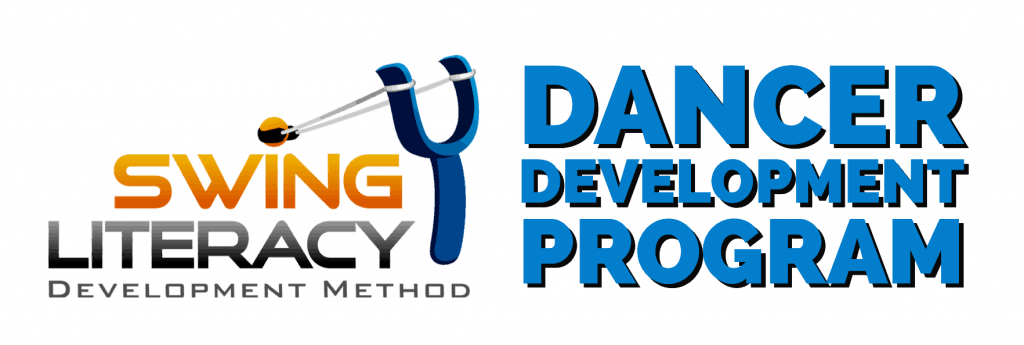
Like this content? This is just the tip of the iceberg! Get regular tips & advice sent directly to your inbox:
[activecampaign form=1]
{"email":"Email address invalid","url":"Website address invalid","required":"Required field missing"}
